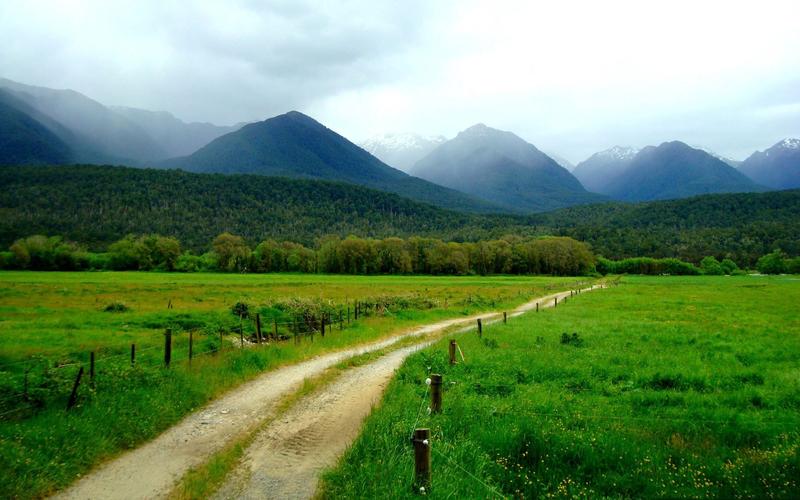As we continue to march ahead in our journey of technological and infrastructural advancements, we often forget the beauty and significance of traditional cultural landscapes. In today’s article, we will explore what makes these landscapes so special and why preserving them is crucial for our society.
Traditional cultural landscapes are landscapes that have evolved over time as a result of the interaction between humans and the environment. They are a reflection of human creativity and adaptability, and they serve as a record of the beliefs, practices, and traditions of past societies. These landscapes are characterized by their diversity, complexity, and uniqueness, and they often have an aesthetic or spiritual value that is worth preserving.
One of the main benefits of traditional cultural landscapes is that they provide a sense of identity and continuity for communities. These landscapes are often deeply connected to the history and traditions of a particular culture, and they can help people understand their place in the world. They also provide a sense of belonging and pride, and they can be a source of inspiration and creativity.
Another important benefit of traditional cultural landscapes is that they support biodiversity and ecosystem services. These landscapes are often home to a wide range of plant and animal species, many of which have cultural and ecological significance. For example, traditional agricultural practices often involve the use of heirloom varieties of crops that are adapted to local conditions and have a higher nutritional value than modern varieties.
However, despite their many benefits, traditional cultural landscapes are under threat from a variety of factors. These include urbanization, industrialization, climate change, and cultural homogenization. As a result, many of these landscapes are disappearing or being degraded at an alarming rate.
To preserve traditional cultural landscapes, it is crucial to develop conservation strategies that are grounded in the values and traditions of the local communities. This can involve a range of activities, including cultural mapping, community-based planning, and the revitalization of traditional practices. It is also important to recognize the role that traditional cultural landscapes can play in sustainable development, and to integrate them into wider landscape management strategies.
In conclusion, traditional cultural landscapes are unique and irreplaceable resources that play a vital role in our society. They provide a sense of identity and continuity for communities, support biodiversity and ecosystem services, and can be a source of inspiration and creativity. By working to preserve these landscapes, we can ensure that they continue to provide these benefits for generations to come.
(Note: Do you have knowledge or insights to share? Unlock new opportunities and expand your reach by joining our authors team. Click Registration to join us and share your expertise with our readers.)
Speech tips:
Please note that any statements involving politics will not be approved.
